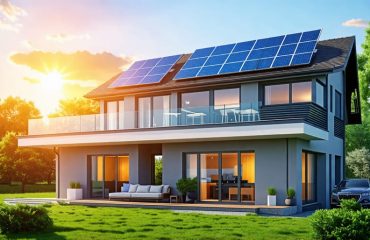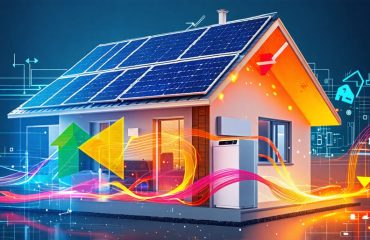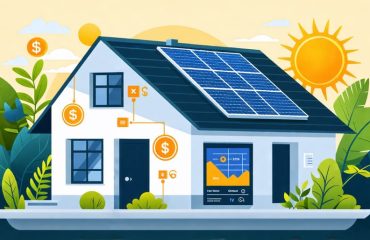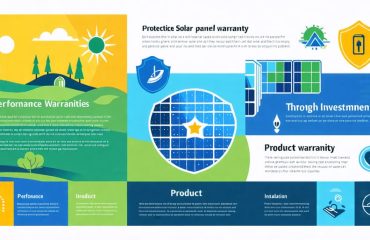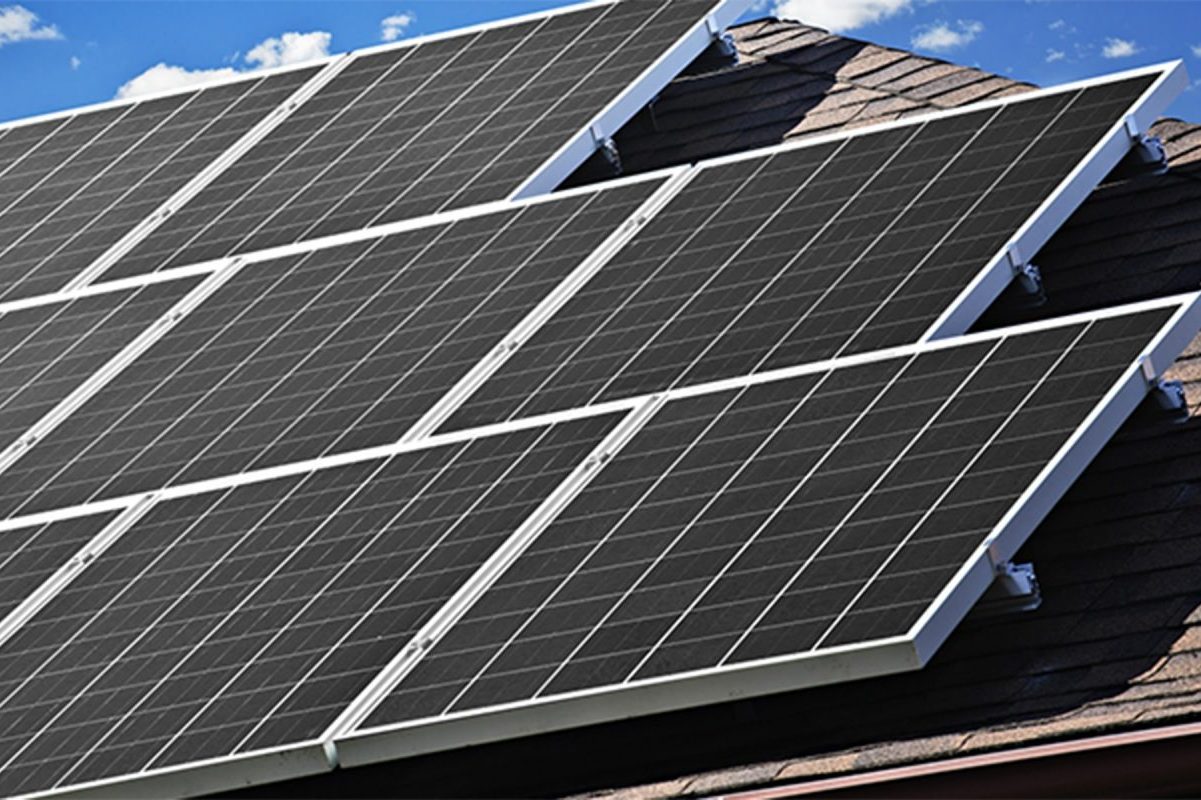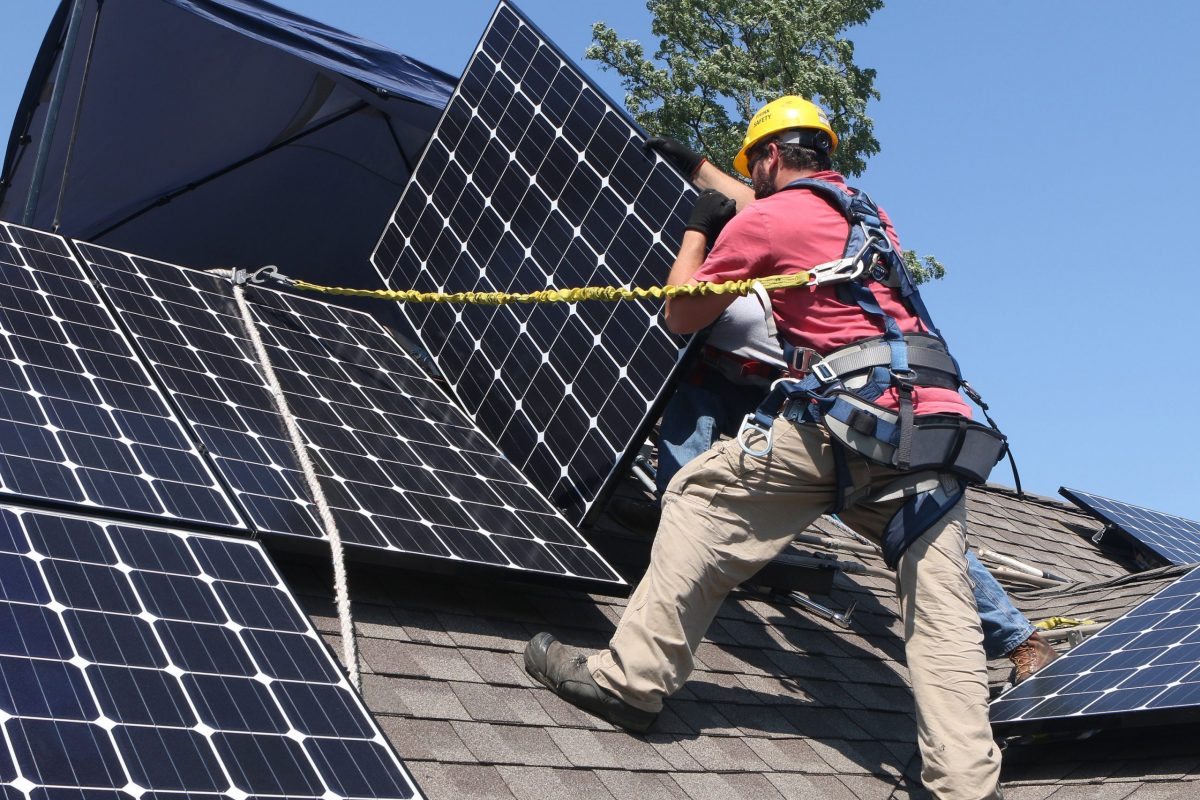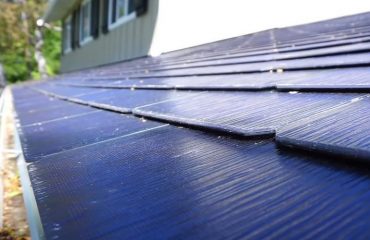Harness the power of the sun and achieve energy independence with self-sufficient electricity. By installing solar panels on your roof, you can generate clean, renewable energy right at home, slashing your utility bills and reducing your carbon footprint. Pair those panels with a home battery system to store excess energy for use at night or during power outages, giving you 24/7 access to your own electricity. Implement energy efficiency upgrades like LED lighting, smart thermostats, and Energy Star appliances to maximize your solar system’s output and minimize waste. With these steps, you can break free from the grid, insulate yourself from rising energy costs, and create a more sustainable future for you and the planet.
Why Self-Sufficient Electricity Matters
Reducing Carbon Footprint
Generating your own clean energy through solar panels and wind turbines significantly reduces your carbon footprint. By harnessing renewable resources, you minimize reliance on fossil fuels that emit greenhouse gases. Every kilowatt-hour of clean energy you produce prevents the release of harmful emissions into the atmosphere. Over time, this adds up to a substantial positive impact on the environment. Investing in self-sufficient electricity not only benefits your wallet but also contributes to a greener future for our planet. By embracing sustainable energy solutions, you become part of the global effort to combat climate change and preserve our natural resources for generations to come.
Drastic Utility Savings
By generating your own electricity through solar panels and storing it in batteries, you can drastically reduce or even eliminate your reliance on the electrical grid. This translates to significant savings on your monthly utility bills. In some cases, homeowners have reported saving hundreds or even thousands of dollars per year. Additionally, if your system generates excess electricity, you may be able to sell it back to the grid for credit through net metering programs. Over time, these savings can offset the initial investment in your self-sufficient electricity system, making it a financially smart choice in the long run.
Energy Security and Independence
Achieving energy security and independence is a major benefit of self-sufficient electricity. By generating your own power, you can protect yourself from grid outages caused by storms, equipment failures, or demand overloads. This means your lights stay on and your appliances keep running, even when the neighborhood goes dark. Battery storage enhances this resilience by banking excess solar energy for use anytime. With a properly sized solar+battery system, you can potentially power your entire home indefinitely without the grid. That’s priceless peace of mind in an uncertain world. Self-sufficient electricity puts you in control of your energy security.

Residential Solar: The Key to Energy Freedom
How Solar Panels Work
Solar panels harness the power of the sun and convert it into usable electricity through a process called the photovoltaic effect. When sunlight hits the solar panels, it excites electrons within the panel’s photovoltaic cells, causing them to move and generate an electric current. This direct current (DC) electricity is then sent to an inverter, which converts it into alternating current (AC) electricity – the type used in homes and buildings. The more sunlight that hits the panels, the more electricity they produce. Solar panels work best in direct sunlight but can still generate some electricity on cloudy days. By installing solar panels on your roof or property, you can capture this clean, renewable energy source and use it to power your home or business, reducing your reliance on the grid and lowering your carbon footprint.
Determining Your Solar Potential
To determine your home’s solar potential, consider factors such as available roof space, orientation, and shading. A south-facing roof with minimal shading is ideal for maximizing solar energy production. Measure your roof’s dimensions to estimate the number of solar panels it can accommodate. If your roof has limited space or unfavorable orientation, ground-mounted solar panels may be an alternative. Assess shading from nearby trees, buildings, or other obstacles that could impact solar panel efficiency. While some shading can be mitigated by strategic panel placement or trimming trees, extensive shading may significantly reduce solar viability. Online tools and professional assessments can help you evaluate your home’s solar potential more accurately, taking into account your location’s solar radiation levels and other site-specific factors. By thoroughly assessing your solar potential, you can make informed decisions about the feasibility and benefits of installing a solar energy system for your home.
Debunking Common Solar Myths
Many people believe that solar energy is too expensive, unreliable, and high-maintenance for their homes. However, these are simply solar myths that don’t reflect the current reality. Solar technology has advanced significantly in recent years, making it more affordable and efficient than ever before. With proper installation and minimal upkeep, solar panels can provide a reliable source of clean energy for decades. The initial investment is often recouped through long-term savings on electricity bills, making solar a smart financial choice for many homeowners. Don’t let misconceptions hold you back from enjoying the benefits of self-sufficient, sustainable energy.
Complementary Components for 100% Self-Sufficiency
Battery Storage Systems
Battery storage systems play a crucial role in achieving self-sufficient electricity by allowing homeowners to store excess solar energy generated during the day for later use. When solar panels produce more electricity than a household consumes, the surplus is directed to the battery system. This stored energy can then be used during periods of low solar generation, such as at night or on cloudy days, reducing reliance on the grid. By optimizing energy usage and minimizing waste, battery storage systems help maximize the benefits of solar power, leading to increased energy independence and potential cost savings over time.

Backup Generators for Emergencies
Even with solar panels and battery storage, having a backup generator can provide peace of mind during extended power outages or extreme weather events. Generators run on propane, natural gas, or diesel fuel and can automatically kick in when your primary power sources are depleted. They ensure you have electricity for essential appliances, lighting, and heating/cooling during emergencies. When sizing a generator, consider your critical power needs and choose a model with enough wattage to cover them. While generators require some maintenance and fuel storage, they offer a reliable fail-safe for those times when self-generated electricity falls short.
Energy Efficiency to Optimize Self-Sufficiency
Reducing energy consumption is key to maximizing the benefits of your self-generated electricity. Start by conducting an energy audit to identify areas of inefficiency. Simple changes like switching to LED bulbs, using smart power strips, and optimizing your appliances can make a big difference. Invest in Energy Star certified products and consider upgrading insulation to improve your home’s thermal performance. Adopt energy-saving habits like turning off lights and electronics when not in use, and using natural ventilation instead of air conditioning when possible. By implementing these strategies, you can stretch your self-generated electricity further, reducing your reliance on the grid and lowering your energy bills. Remember, every small change adds up to significant savings over time.

Making the Transition to Energy Independence
Choosing a Solar Installer
When choosing a solar installer, look for a company with a proven track record, excellent customer reviews, and proper licensing and certifications. Ensure they offer a comprehensive warranty on both the equipment and installation workmanship. A quality installer will conduct a thorough site assessment, provide a detailed proposal with accurate energy production estimates, and guide you through the process from start to finish. They should also have experience with local permitting and incentive programs to maximize your savings. Don’t hesitate to ask for references and compare quotes from multiple installers to find the best fit for your needs and budget.
Financing and Incentives
Financing self-sufficient electricity systems can be affordable with various incentives and options. Government tax credits, such as the federal solar tax credit, can significantly reduce upfront costs. Many states and utilities also offer rebates and grants for renewable energy installations. Solar leasing and power purchase agreements allow homeowners to go solar with little to no money down, while paying a fixed rate for electricity. Financing options like green loans and PACE financing can provide low-interest, long-term loans for energy efficiency upgrades and solar installations. By taking advantage of these incentives and financing options, homeowners can make their self-sufficient electricity dreams a cost-effective reality.


